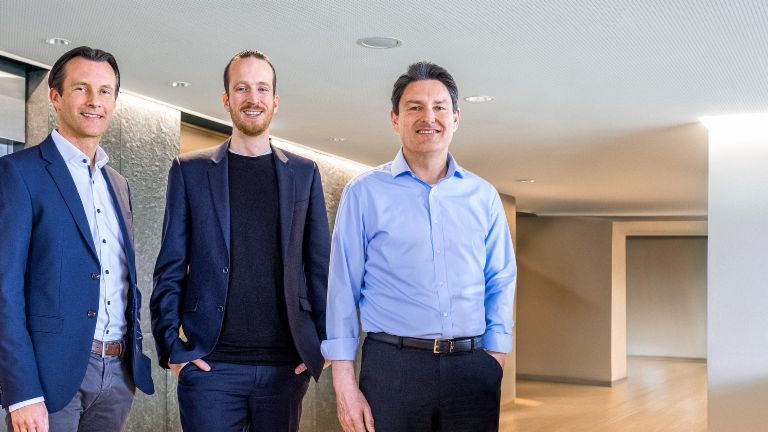Win-win: EOS & Crédit Immobilier de France sign receivables purchasing deal.
EOS in France has purchased a large NPL portfolio from French mortgage lender CIF. For EOS it is a historic deal, while CIF is cleaning up its balance sheet.

125 million euros is the nominal value of the receivables package that EOS has purchased from mortgage lender Crédit Immobilier de France (CIF). This makes the deal one of the largest portfolio purchases that the EOS Group has ever completed.
Through the sale, CIF is delivering on its promise to make its balance sheet policy more efficient. In 2012, the mortgage lender had applied for government refinancing guarantees. One of the conditions of the state aid was that the bank had to get out of the mortgage business and liquidate assets by 2035. Until now, the mortgage lender, which is owned by the SACICAP Cooperatives*, has specialized in giving loans above all to low-income households.
Receivables purchase complements the acquisition of unsecured loans by EOS.
Accordingly, the completed sale represents an “important first step in the implementation of our plan to optimize our receivables,” says Thierry Gillouin, Deputy CEO of CIF. Through the transaction, the bank is reducing its volume of NPLs and at the same time gaining liquidity. By purchasing the debt, EOS is strengthening its position as an investor in debt portfolios.
.jpg/jcr:content/bild(1).jpg)
The acquisition complements the important transactions that EOS in France has already conducted in the area of unsecured receivables.
The mortgage-secured receivables purchased by EOS are what are known as bad loans or non-performing loans (NPLs). In the case of these loans the repayments are at least 90 days late, and in fact often much later. These kinds of bad debts are a burden on the balance sheets of banks.
.jpg/jcr:content/bild(2).jpg)
Sales of receivables: Advantage for banks.
For banks, sales of receivables offer two sources of relief. Firstly, selling the receivables allows liquid assets to flow back into the company again, so the pressure on the balance sheet is relieved. And secondly, personnel resources are freed up, because staff who were tasked with processing the outstanding debts can now focus on other activities.
Alongside practical considerations, legal provisions also play a role in the sale of receivables. For example, since the global financial crisis, the European Central Bank (ECB) has its sights set on the banks’ NPL quotas. The aim is to reduce existing NPLs (and to do so sooner than expected) and ideally, prevent new NPLs from occurring. In 2010, the Basel III regulatory framework had focused on “improving the quality and quantity of bank capital”. According to the regulations, having more core capital should enable banks to absorb losses due to loan defaults and a fall in the value of assets in crisis situations.
Receivables purchasing: An important mainstay of the EOS Group.
EOS in France, a subsidiary of the EOS Group, is a market leader in the acquisition and management of bank receivables. In 2018 alone, EOS in France invested some EUR 150 million in NPL portfolios. This makes EOS the biggest investor in this investment class in France. Around 600 employees work in receivables management at EOS in France.
* SACICAP stands for “Sociétés Anonymes Coopératives d'Intérêt Collectif pour l'Accession à la Propriété”, regional cooperatives or social housing authorities.
Photo Credits: Chris Karidis / Unsplash, Mari Helin / Unsplash, Nicolas van Leekwijck / Unsplash, Sebastian Vollmert / EOS
Explore more from EOS



